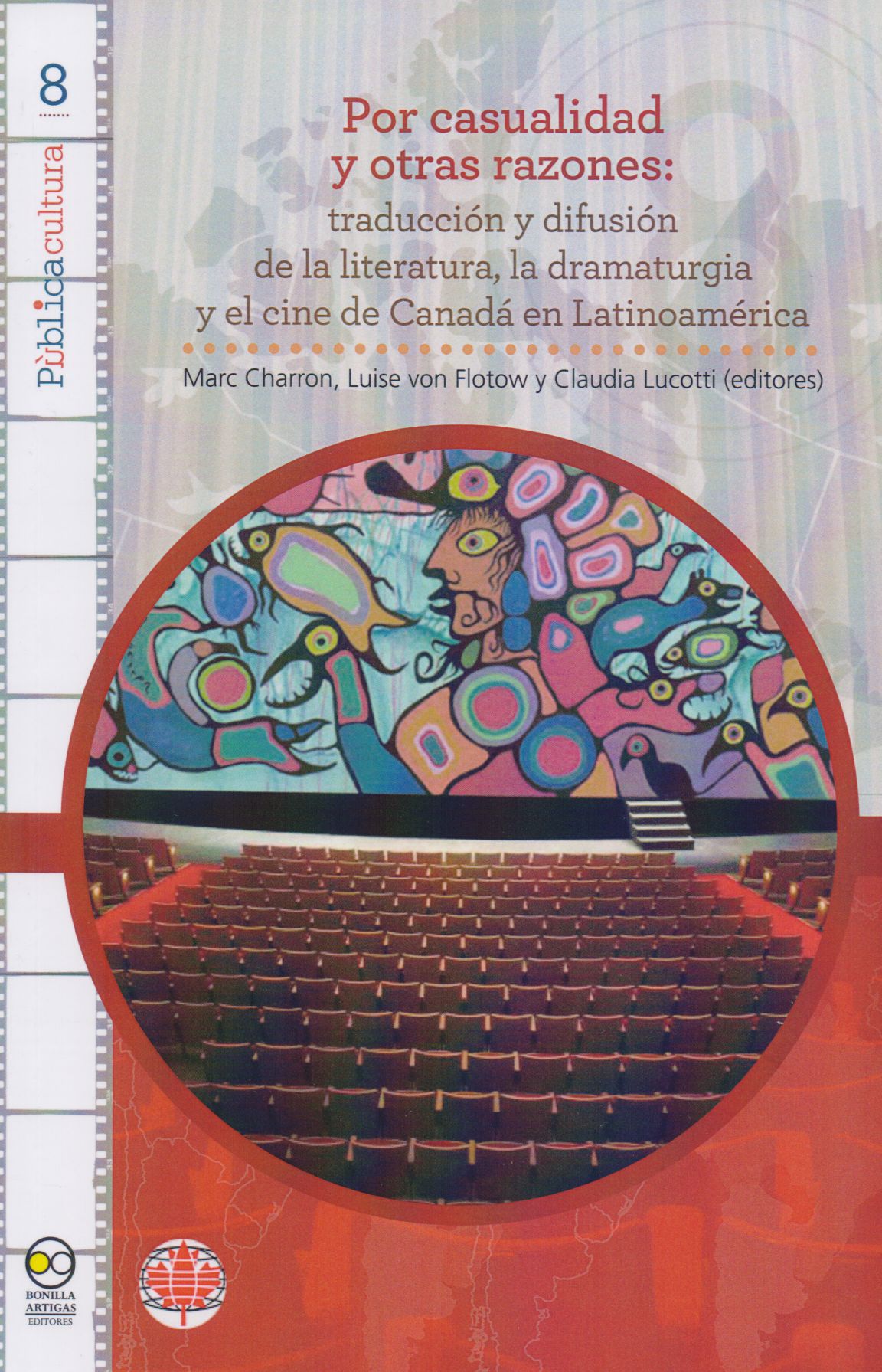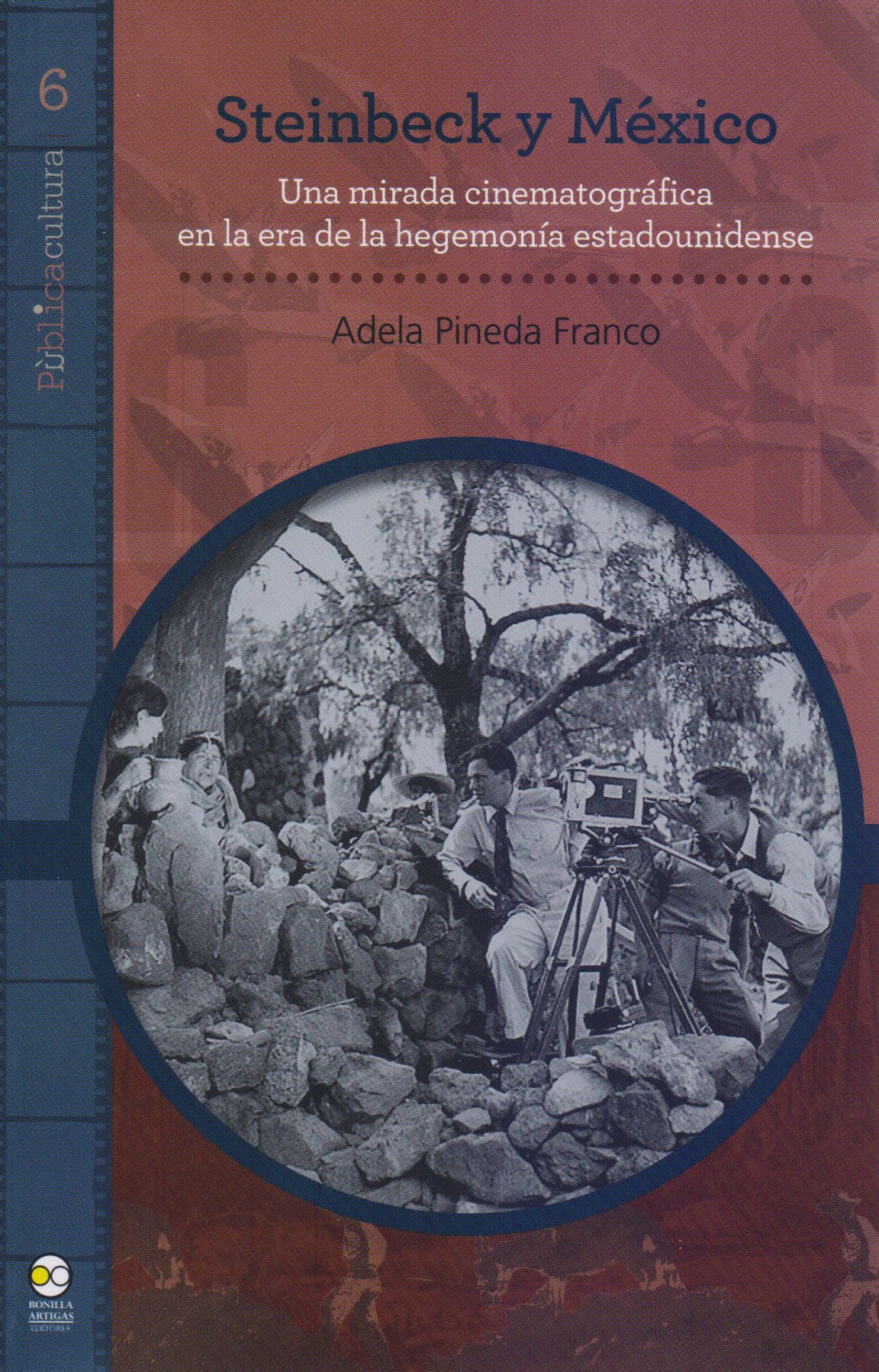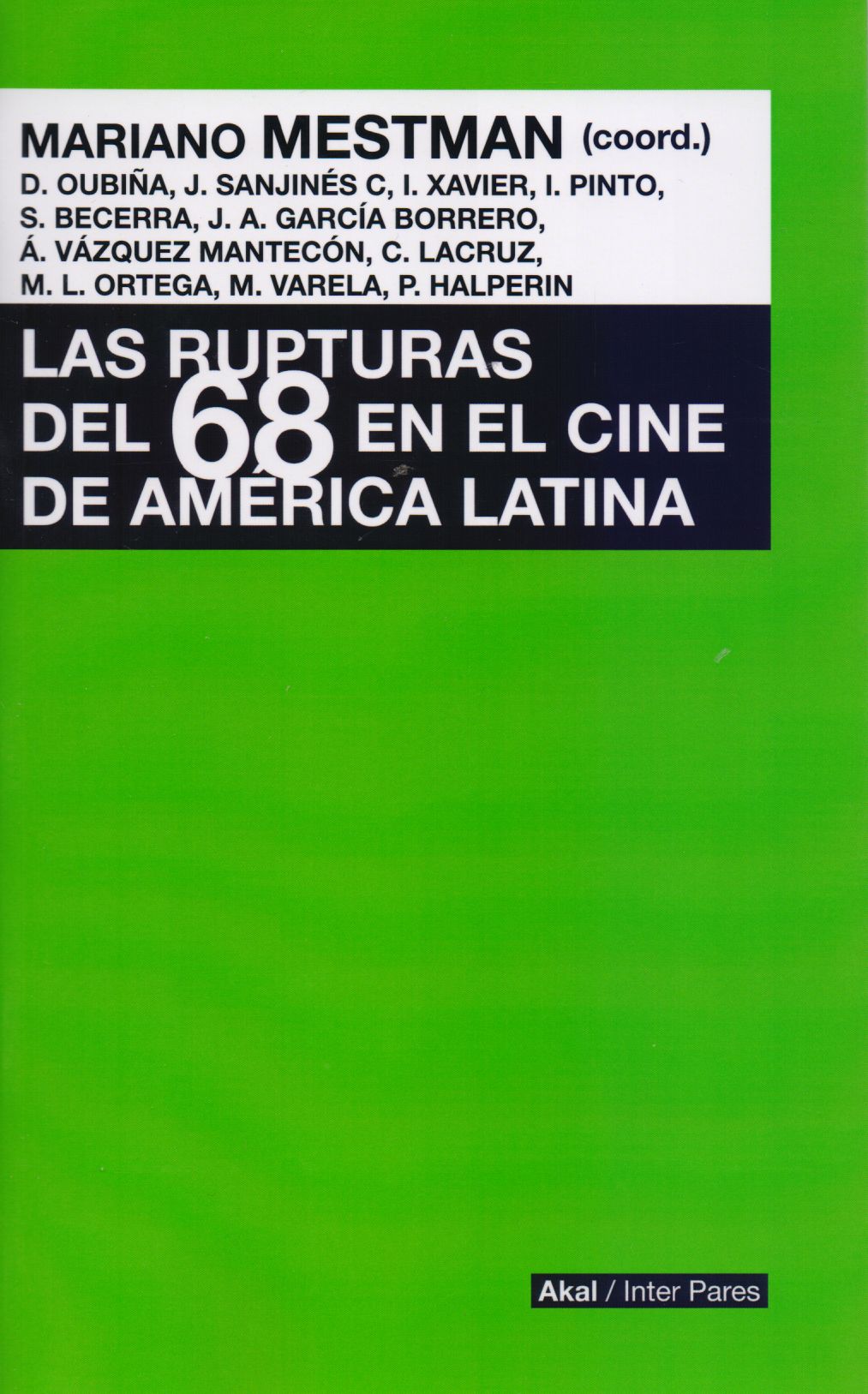Libros relacionados
 |
Por Casualidad y Otras Razones: Traducción y Difusión de la Literatura, la Dramat Charron, Marc / Von Flotow, Luise / Lucotti, Claudia (Editor Bonilla Artigas Editores |
 |
Steinbeck y México: una Mirada Cinematográfica en la Era de la Hegemonía Estado Pineda Franco, Adela Bonilla Artigas Editores |
 |
Mecánicas del Pájaro, Las: Ver y Audiover el Cine de Alfred Hitchcock Nieves Moreno, Alfredo Ediciones del Signo |
 |
Nationbuilding en el Cine Mexicano Desde la Época de Oro Hasta el Presente Friedhelm Schmidt-Welle Bonilla Artigas Editores |


|
Título: Painting With Light | |
| Autor: John Alton (Author) , Todd Mccarthy (Introduction) , John B | Precio: $560.00 | |
| Editorial: University Of California Press | Año: 2013 | |
| Tema: Cine, Iluminacion, Fotografia | Edición: 1ª | |
| Sinopsis | ISBN: 9780520275843 | |
| Few cinematographers have had as decisive an impact on the cinematic medium as John Alton. Best known for his highly stylized film noir classics T-Men, He Walked by Night, and The Big Combo, Alton earned a reputation during the 1940s and 1950s as one of Hollywood's consummate craftsmen through his visual signature of crisp shadows and sculpted beams of light. No less renowned for his virtuoso color cinematography and deft appropriation of widescreen and Technicolor, he earned an Academy Award in 1951 for his work on the musical An American in Paris. First published in 1949, Painting With Light remains one of the few truly canonical statements on the art of motion picture photography, an unrivaled historical document on the workings of postwar American cinema. In simple, non-technical language, Alton explains the job of the cinematographer and explores how lighting, camera techniques, and choice of locations determine the visual mood of film. Todd McCarthy's introduction provides an overview of Alton's biography and career and explores the influence of his work on contemporary cinematography and the foreword, written expressly for this edition by award-winning cinematographer John Bailey, explores Alton’s often contentious relationships with colleagues, the American Society of Cinematographers, and the movie industry itself. | ||
Librería Bonilla SA de CV © Todos los derechos reservados. 2019
Última actualización: Jul 2019





